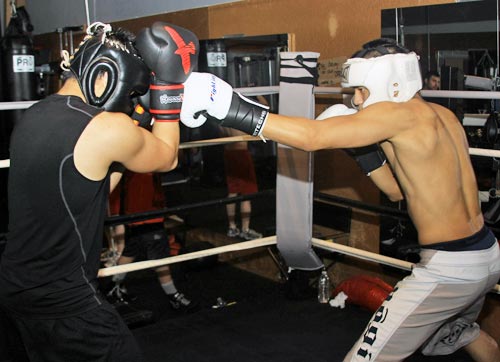
You can’t consider yourself a boxer without learning the basic boxing punches. Read on for the proper instructions on throwing the four fundamental punches in boxing – jab, straight, hook, and uppercut.
Obvious note* – if you’re southpaw, just reverse these instructions.
JAB
Take a small quick step forward with your front foot as you snap your left fist at the opponent’s head. Fully extend your arm! The fist should recover quickly and your back foot quickly moves forward to bring your feet back to starting stance. In a sense, this jab punch will move your body one step forward.
Jab variations:
- Double-jab.
- To the body.
- With a forward step.
- With a back-step.
- With a (front foot) pivot.
STRAIGHT RIGHT
Take a small step forward with your front foot, lean your body forward a little, then dip your head A LITTLE BIT forward and to the left to get it out of harms way. Your shoulders will rotate and spin your right fist out straight towards your opponent’s head. Your back foot will move push forward as the right hand is thrown straight from the starting position. Recover your right hand quickly to avoid being countered. NEVER throw a wide or looping shot because those take more time to reach your opponent and you can get countered easily. Never cock your right hand back before throwing it because that tells your opponent that your right hand is being thrown. Throw your right hand STRAIGHT and rotate your body. The body rotation and push off the back leg is the main source of power, NOT a swinging arm. Your left arm comes closer to face to guard against a counter right. If you’re throwing a straight right after a jab, remember to return your jab quickly to protect your head. You don’t have to hold your left glove too closely up against your face. Straight lefts are the same thing except that you don’t lift your feet; also, straight lefts are usually thrown after straight rights.
Right hand variations:
- To the body.
- As a lead punch.
- As a cross.
- As a wide/overhand right.
LEFT HOOK
With your body in an upright position, hold your left fist out with your left elbow bent. If your left hook is high to the opponent’s face, point the palm down. If it’s low to his body, point your palm out to the side. Do not swing your arm for this punch. Instead, SWING your body and spin your feet. As you spin your body and feet to the side, drop the right heel, and push your left heel up to power the left hook. A properly thrown left hook is quite possibly the most lethal punch thrown in boxing. The reason for this is because the left hook is thrown from the side and it makes it harder to see. Because the left hook comes in from the side, it allows it to swing the opponent’s head, and send the brain fluids spinning, and increase chances of a knockout punch. To throw a right hook, simply move your body as you would for a right hand but move the right hand in a hooking motion instead. ALWAYS, remember that you spin your body for the hook, you NEVER SWING YOUR ARMS.
Left hook variations:
- To the body.
- As a hookercut (half hook, half uppercut).
- Try vertical vs horizontal fist.
- With a (front foot pivot) pivot.
UPPERCUT
Contrary to what you see in movies and video games *cough* Street Fighter 2 *cough*, uppercuts are short, quick punches to use in CLOSE RANGE. To throw an upper cut, lower either hand about one foot and with your knees bent SLIGHTLY, rotate your shoulders and spin your body to propel the punch at the opponent’s head as you quickly pop the uppercut up towards your opponent’s head.
Uppercut variations:
- To the body.
- Thrown straighter (with less arc).
Do keep in mind that there are literally at least twenty different ways to throw each punch and there are many punches that are in between like a hook-uppercut or a right-jab.
Congratulations on learning the basic punches in boxing. Hopefully, this isn’t the only article you’re reading. I highly recommend for you to check out my guide on basic boxing stance and also the mental checklist for first-time sparring.





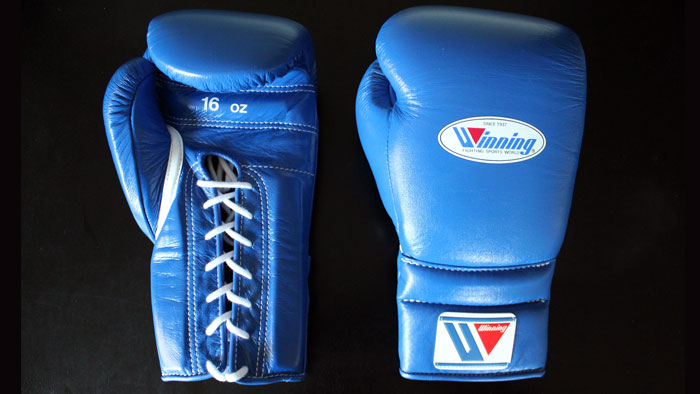
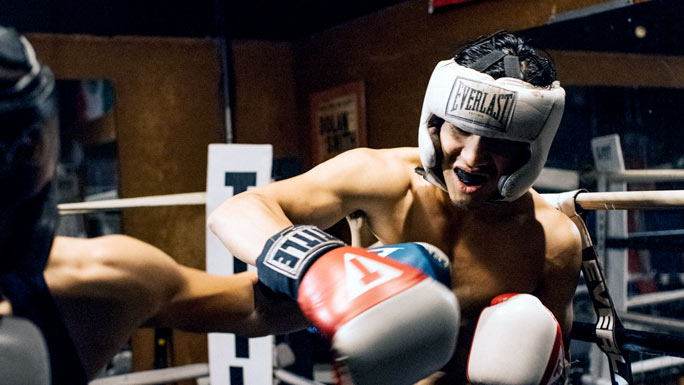
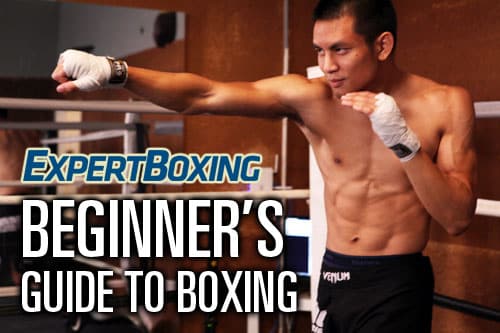
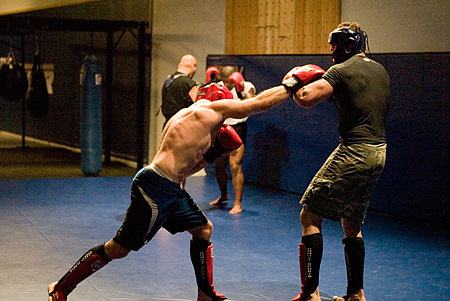
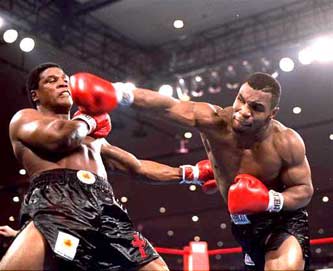
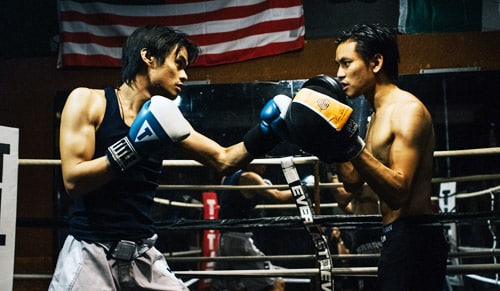
Front Foot Pivot in a Jab
I’ve read different books and had different instructors tell me conflicting things and was wondering what you thought about the amount of pivoting that goes on in a jab. At one gym the instructor said that the front foot should pivot as the hips and chest rotate, while at other places I’ve had instructors say that no pivoting should be taking place, just the shuffling forward.
I guess I can see the pros and cons to both sides of the argument. The pivot may have more power, but lack in mobility, while the other would be just the opposite. Or maybe each way is a personal preference or dependent upon what’s happening at the time.
What do you think about pivoting on a jab?
pivoting on a jab
Jeremy, if you pivot your front foot on the jab you might be turning it into a left cross which adds more power but slows down the jab. If you want power, make it a left cross. If you want speed and to use it as a fast jab to setup your big punches, you must leave the footwork alone and just move forward to quickly bring yourself into range and position.
In conclusion, the jab should just be a forward movement of the foot. No pivot is necessary and it shouldn’t be added because your jab will no longer be a jab. This isn’t an issue of personal preference but just technical understanding. Ultimately, you’re talking about two different punches and I’m suggesting that one shouldn’t be used in place of the other. As always, technical theories and all aside, use what works for you! Goodluck and thanks for writing!
Thanks!
Awesome! Thanks for the clarification!
Thanks a bundle dear
How do you recommend you hold your fists at the end of a punch?
hard to say what I mean here..
I have trained for a couple years in Canada and now in Korea they are telling me opposite things. I am not sure which one is right and why they are different.
I was taught initially to throw my jabs and rights with the fist straight. Meaning my knuckles would be horizontal. Now in Korea they keep saying that I am holding my fists wrong and most of the time my fists should be vertical…
very confusing and I don’t get it.. I’ve been looking online and I can’t seem to find anything so I’d love to hear your insight and opinion. Thanks a lot for your time!
awesome articles! thanks!
vertical VS horizontal fists
Punching with both ways can be effective. In boxing, there are many hook punches and punching with vertical fists makes your wrist more vulnerable to breaking or being injured by a mis-angled punch. I feel that in Korea, their national sport is tae kwon do which punches with vertical fist because they simply need a fast punch to push the opponent away to make room for the kick.
The general consensus is that the horizontal fist generates more power because of the fist rotation and also decreases the chance of injury because of the stress is place on the wrist sideways (where the wrist is thicker).
Final verdict: horizontal fist except for certain punches like hooks and uppercuts.
thanks a lot!
it’s what I was thinking too, kind of frustrating when they keep saying to punch that way, haha
thanks for replying so quickly!
and they also say horizontal fist for hooks too… which is more of a looping punch than a hook to me
not too much longer in Korea, be happy when i can train normally in Canada soon!
men this is awesome site.Great information in here.Can you write something for the overhand right,i think this is amazing punch.:o
https://www.youtube.com/watch?v=RlZWxA1PnVY&feature=feedlik
the punch have tremendous power in it,but i feel it’s very neglected punch,so theres no much information about how to throw it and when.Sory for my bad english ;-):P
@Goones – HOLY CRAP! That was an insane overhand right. He knew right when the other guy was going to drop his left for a jab. Yikes! I shall write a post on the right hand later. I remember Kostya Tszyu once said there were 6 ways he could throw the right hand. But that’s an article for another day…thanks for the link!
Your welcome.;-) yeah that overhand right was absolute beauty.can’t wait for the article 🙂
I have to say Johnny, your content has has improved so much since this post! Your explanation, structure, and use or words has improved ten fold! I can’t wait to see the site in a couple years.
Thank you, Benji. It’s been a long journey with endless changes. The quality of instruction here will definitely continue to improve in the future!
até hoje nãoo entendi a diferença do cruzado e do gancho
pois o cruzado é lateral eo o gancho pode ser lateral e diagonal